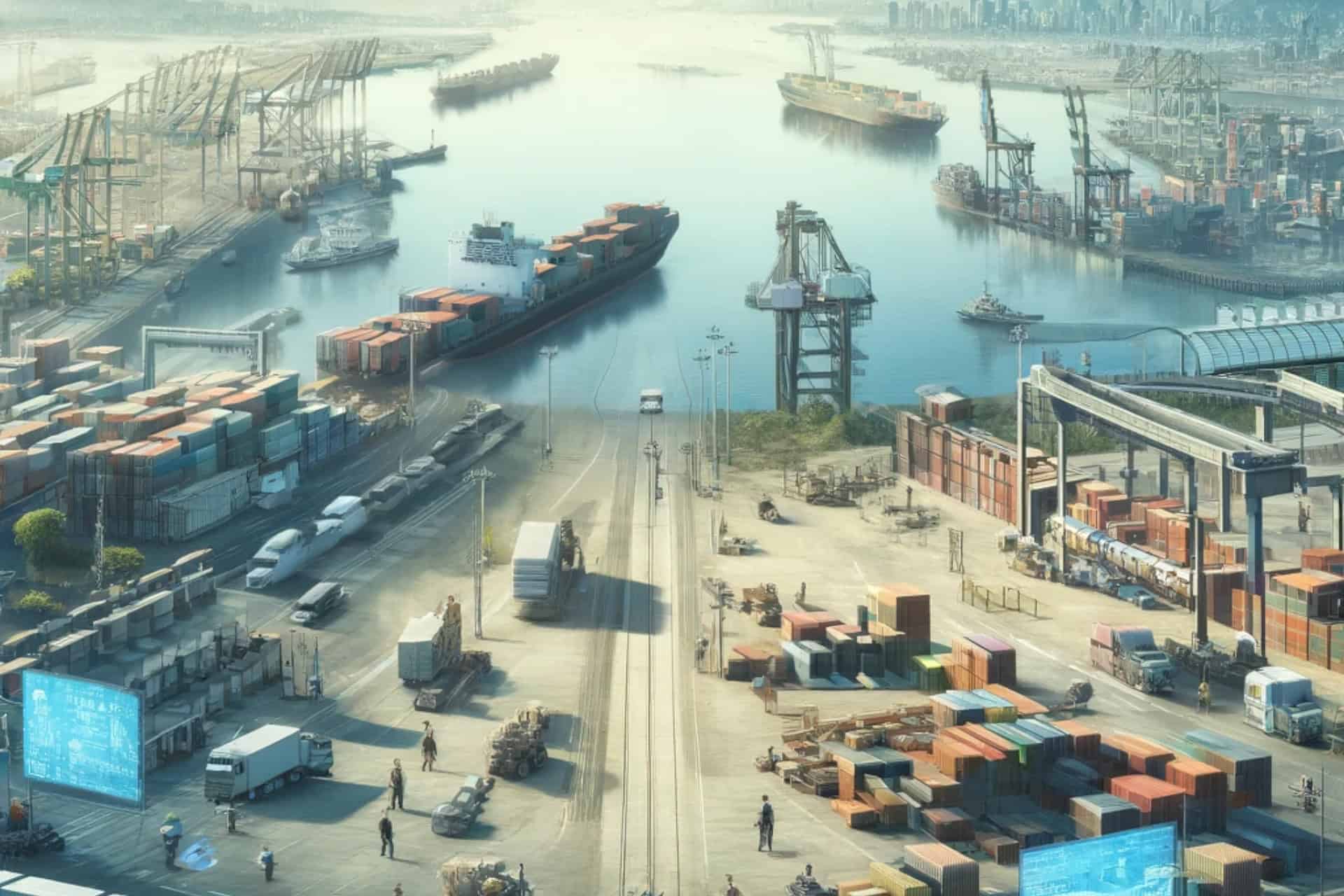Building a successful international trade strategy requires thorough market research, product adaptation, strategic partnerships, efficient logistics, regulatory compliance, effective marketing, and continuous evaluation. By considering these essential factors and adapting to changing market dynamics, businesses can develop a robust strategy that maximizes growth opportunities and minimizes risks in the global marketplace.
Step 1: Market Research and Analysis
Thorough market research is the foundation of a successful international trade strategy. Identify target markets based on factors such as economic growth, consumer demand, competition, and trade policies. Understand local preferences, cultural nuances, and regulatory environments. Assess the feasibility and potential risks associated with entering each market.
Step 2: Product and Service Adaptation
Adapting products and services to meet the needs and preferences of international markets is crucial. Analyze the competitive landscape and identify opportunities for product differentiation. Consider factors like language localization, packaging modifications, and compliance with local regulations. Tailoring offerings to suit specific market requirements enhances competitiveness and customer appeal.
Step 3: Establishing Strong Partnerships
Building strategic partnerships is essential for successful international trade. Collaborate with local distributors, agents, or resellers who have a deep understanding of the target market. Seek partnerships with reliable logistics providers to ensure smooth supply chain management. Develop relationships with financial institutions to facilitate secure and efficient payment transactions.
Step 4: Logistics and Supply Chain
Management Efficient logistics and supply chain management are critical for international trade success. Plan for timely and cost-effective transportation, customs clearance, and warehousing. Consider factors like shipping routes, lead times, and inventory management. Implement systems and processes to track shipments, manage inventory, and optimize supply chain efficiency.
Step 5: Regulatory Compliance and Risk Management
Navigating international trade regulations is complex. Ensure compliance with import/export laws, customs requirements, and product certifications. Stay updated on international trade agreements and tariffs that may impact your business. Mitigate risks through proper documentation, insurance coverage, and contingency planning for unforeseen events.
Step 6: Marketing and Promotion
Develop a targeted marketing and promotion strategy to create awareness and generate demand in the target markets. Leverage digital marketing channels, social media, and localized advertising to reach potential customers. Tailor marketing messages to resonate with the local audience and highlight the unique value propositions of your products or services.
Step 7: Continuous Evaluation and Adaptation
Monitor and evaluate the performance of your international trade strategy regularly. Gather feedback from customers, partners, and stakeholders to identify areas for improvement. Stay updated on market trends, technological advancements, and regulatory changes. Adapt your strategy accordingly to remain competitive and capitalize on emerging opportunities.
By following these steps and continually refining your international trade strategy, you can build a solid foundation for success in the global marketplace.
Related Information



















































